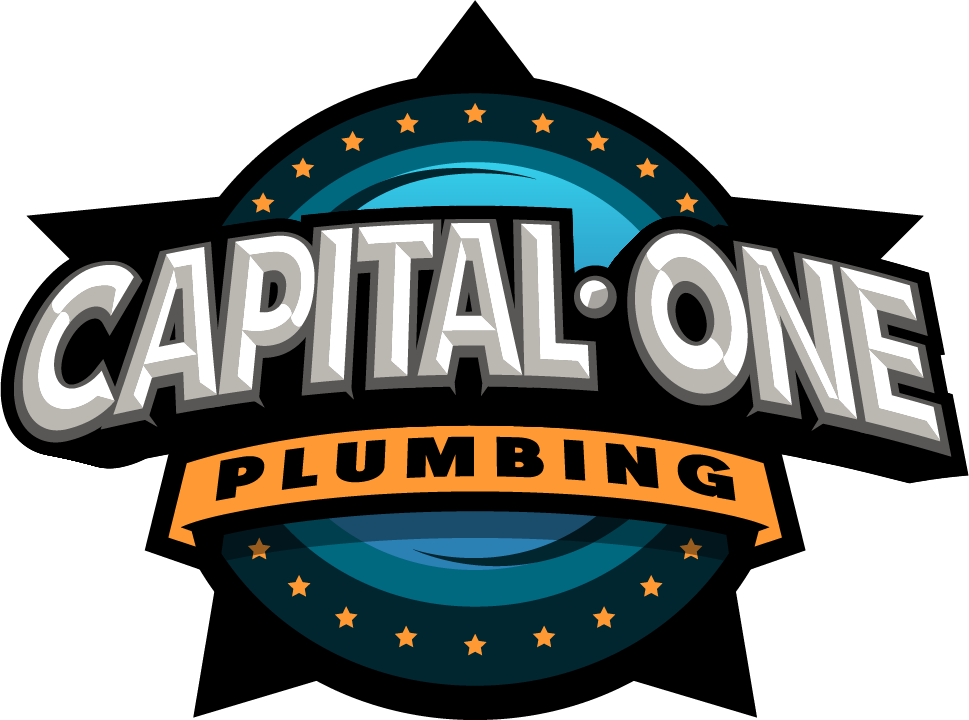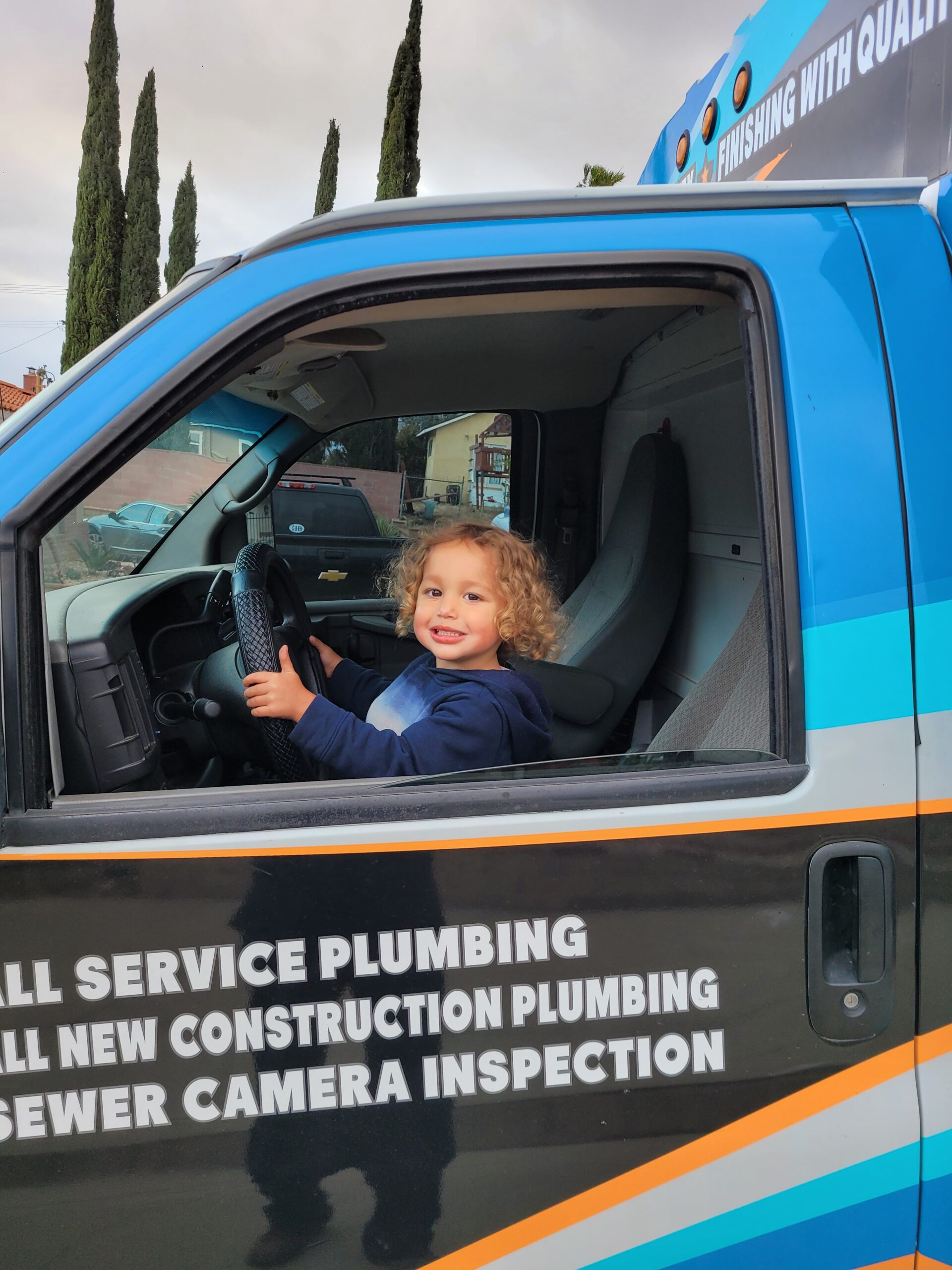Introduction
Water leak detection is a crucial aspect of property maintenance that often goes overlooked until significant damage has occurred. Detecting leaks early can prevent costly repairs, conserve water, and protect your home or business from structural damage. In this guide, we will explore the importance of water leak detection, common causes of leaks, and how advanced technology is transforming leak detection processes.
Water leaks can originate from various sources, including faulty plumbing, appliance malfunctions, and environmental factors. If left undetected, these leaks can lead to mold growth, foundation issues, and skyrocketing water bills. This article provides a detailed understanding of water leak detection methods, signs to watch for, and preventive measures to safeguard your property.
Signs of Water Leaks
Recognizing the early signs of water leaks is essential for preventing extensive damage. Here are the most common indicators:
1. Visible Water Stains or Damage: Discoloration on walls, ceilings, or floors often suggests water leakage. Peeling paint, warped wood, and damp patches are additional visual cues.
2. Unexplained Increase in Water Bills: A sudden spike in your water bill without increased usage is a red flag. It often points to an undetected leak in the plumbing system.
3. Mold and Mildew Growth: Persistent dampness fosters mold and mildew, which thrive in hidden leak areas. A musty odor often accompanies these growths.
4. Low Water Pressure: A drop in water pressure may indicate a leak in the pipes, reducing the amount of water reaching your faucets and fixtures.
5. Sounds of Running Water When Taps Are Off: If you hear water running when no taps or appliances are in use, it’s a strong sign of a hidden leak.
Methods of Water Leak Detection
Various techniques are used to detect water leaks, each suited for different scenarios. Let’s explore the most common methods:
1. Visual Inspection: Checking for visible signs like water stains, puddles, and corrosion around pipes is the simplest form of leak detection.
2. Meter Reading Analysis: Turn off all water sources and observe the water meter. If it continues to move, there’s likely a leak in your system.
3. Acoustic Leak Detection: Specialized listening devices amplify the sound of water escaping from pipes, allowing professionals to pinpoint leak locations.
4. Thermal Imaging Cameras: These cameras detect temperature variations caused by moisture, highlighting hidden leaks behind walls and floors.
5. Moisture Sensors and Detectors: Electronic sensors placed in potential leak-prone areas alert you when moisture levels rise above normal.
Advanced Leak Detection Technologies
Innovations in leak detection technology have made it easier and more accurate to identify water leaks. Here’s a look at some advanced methods:
1. Infrared Leak Detection: Infrared cameras capture heat signatures, revealing temperature changes associated with water leaks.
2. Ultrasonic Leak Detection: High-frequency sound waves detect pressure changes and turbulence caused by water escaping from pipes.
3. Smart Home Water Monitoring Systems: These systems track water usage in real time and send alerts when abnormal patterns are detected, indicating potential leaks.
DIY vs. Professional Water Leak Detection
When it comes to leak detection, you might wonder whether to handle it yourself or hire a professional. Let’s weigh the options:
1. DIY Leak Detection:
- Suitable for minor leaks and visible damage.
- Involves simple techniques like meter checks and visual inspections.
- Low cost but limited accuracy for hidden leaks.
2. Professional Leak Detection:
- Uses advanced tools and expertise to locate leaks accurately.
- Saves time and prevents further damage.
- Higher cost but ensures thorough inspection and repair.
How to Prevent Water Leaks
Prevention is always better than repair. Here are some proactive measures to avoid water leaks:
1. Regular Plumbing Maintenance: Schedule routine inspections to catch potential issues early.
2. Inspecting Appliances and Fixtures: Check hoses, valves, and connections on washing machines, dishwashers, and water heaters.
3. Properly Sealing Windows and Doors: Prevent external water intrusion by maintaining seals and caulking.
4. Monitoring Water Usage and Pressure: Install pressure regulators and monitor your water bill for unexpected changes.
Choosing a Reliable Water Leak Detection Service
When professional help is needed, choosing the right service provider is crucial. Here’s how to find a reliable company:
1. What to Look for in a Leak Detection Company:
- Certification and licensing.
- Experience with residential and commercial properties.
- Use of advanced detection equipment.
2. Questions to Ask Before Hiring:
- What methods do you use for leak detection?
- Do you provide repair services?
- What are your rates and service guarantees?
3. Checking Reviews and Certifications: Read customer reviews and verify certifications to ensure quality service.
Conclusion
Water leak detection is vital for maintaining property integrity, conserving water, and reducing repair costs. By recognizing early signs, using effective detection methods, and implementing preventive measures, you can safeguard your home or business from the damaging effects of water leaks. Whether you choose DIY methods or professional services, timely action is essential in protecting your investment.
Staying vigilant and proactive about water leak detection not only saves money but also ensures a safer, more efficient living environment. Don’t wait for visible damage—start monitoring and maintaining your plumbing system today.

